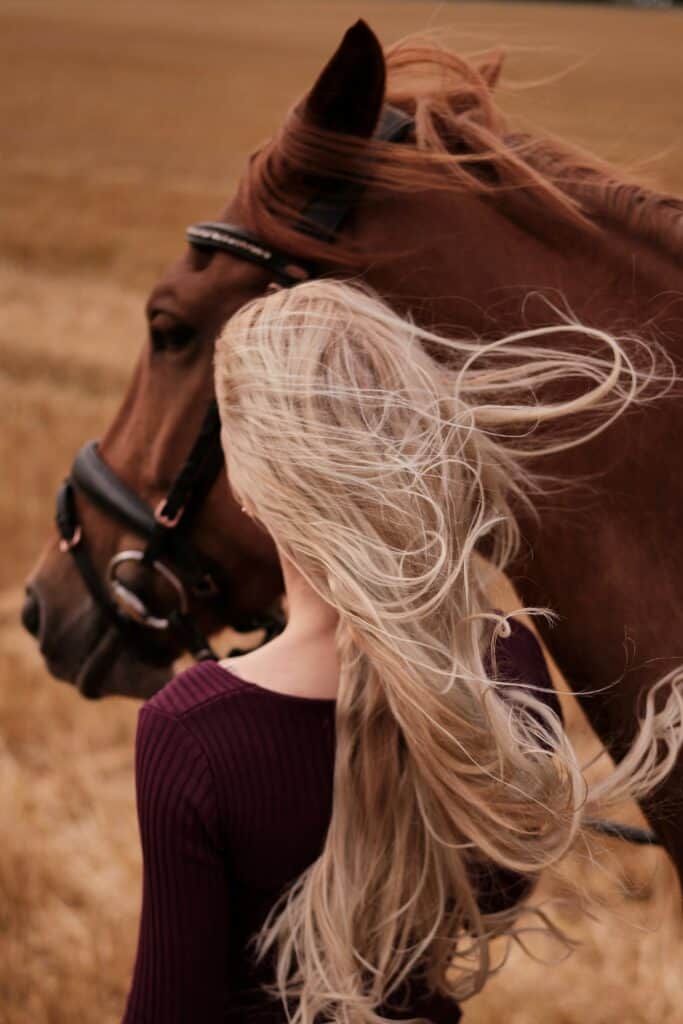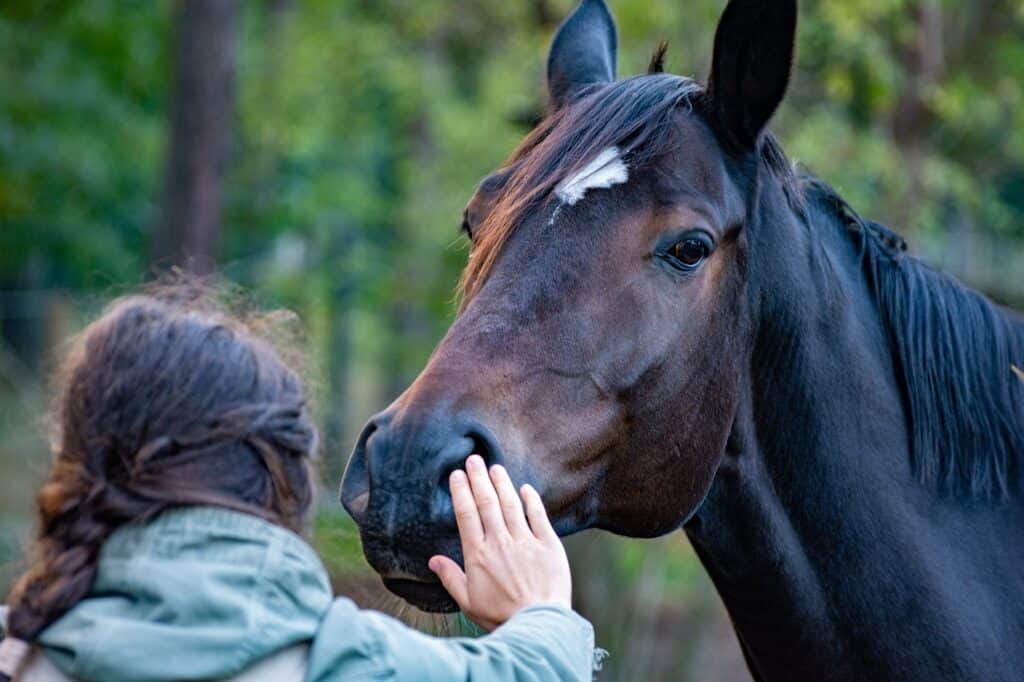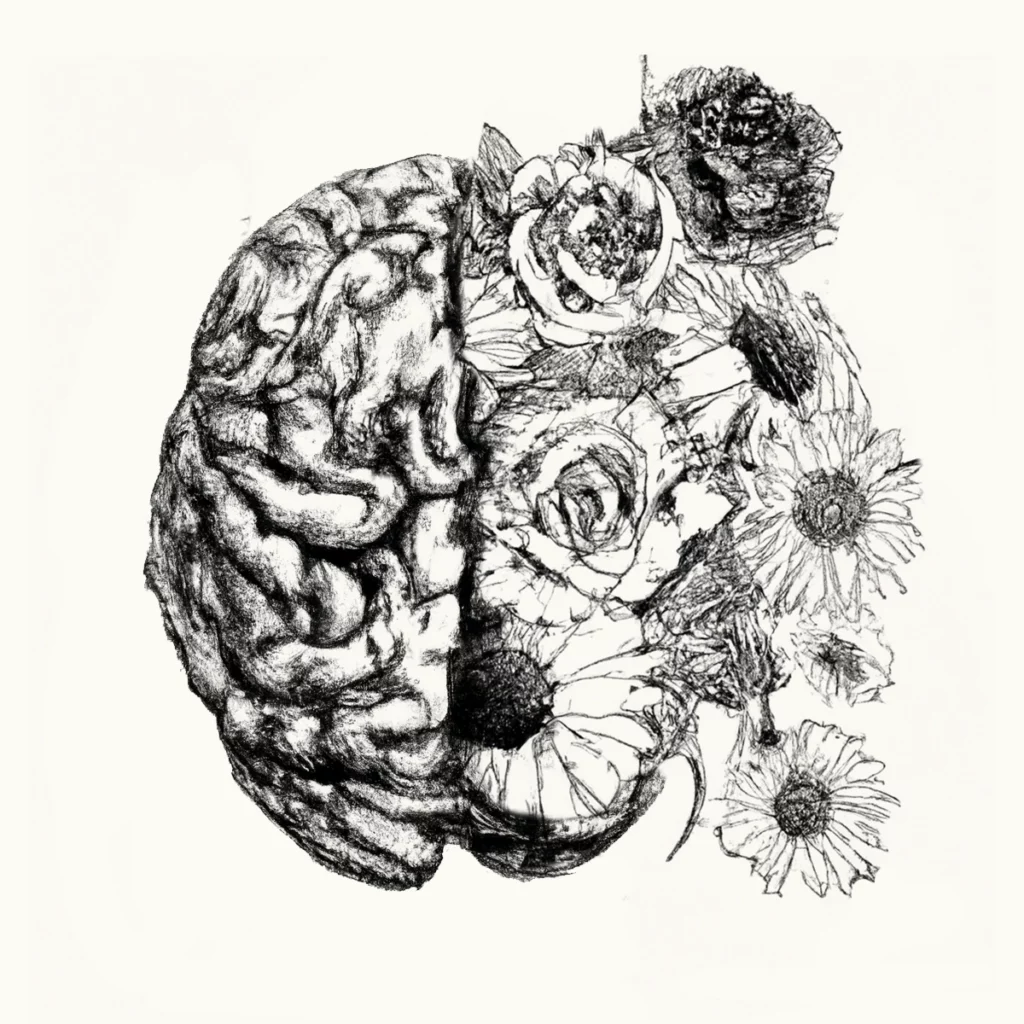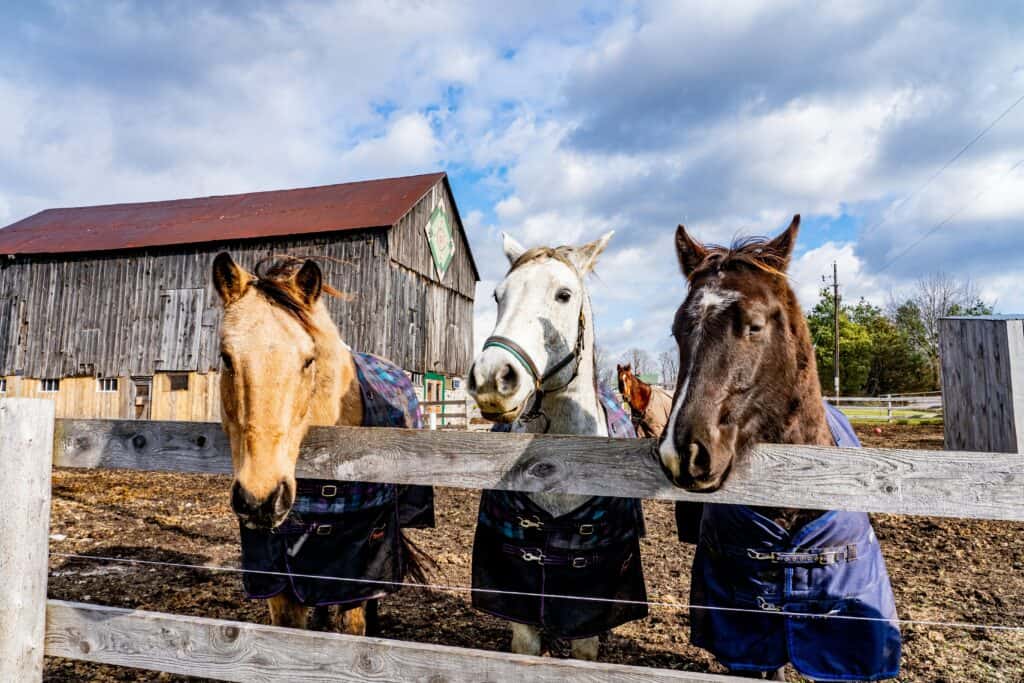The inspiration for this blog series came from not only my work with clients, as well as my own healing but also from having provided numerous hours of case consultation for providers working with trauma, especially those clients who present with complex developmental trauma disorders and dissociation. Therapists both in and out of the field of equine reach out for support because of an overall general feeling of being overwhelmed when working with clients that just “don’t fit the mold.”
I hear a wide range of stories. “My client had an amazing experience of connection with some emotions, a piece of her story, but then shut down again.” “She started crying immediately when she saw the horse and then her flashbacks increased.” “He never seems grounded.” “We were doing a grooming exercise with the horse, and she just couldn’t do it. She had to stop the activity.” “She is just revved up, shut down, one of the two, but never in between.” “I just feel stuck.” “She never practices the skills I teach.” “Things go well with the horses, and then it all falls apart in between sessions.” “I feel like I am not getting anywhere; I don’t know what to do.” “I feel so overwhelmed by this client.” “I feel like I can’t just get it right.” Or, quite simply, “they just stopped coming.”
I am going to cheat and tell you from the very beginning, that if you were to remember only one thing from these writings to hold on to one nugget of information, it would be this. Let’s call it the primary through-line.
The way we interact with our clients is reflective of our own comfort or discomfort with presence. Presence is the ability for us to be fully aware of our own internal experience, to be able to “drop in” without experiencing ourselves as separate from our internal ‘stuff’ or the external world around us. To provide trauma work, period, involving horses, or not, demands our presence internally and in relation to the outside world. It also demands that we do our own work.
Furthermore, if we are unaware of our own dissociative process, we come from a place, with or not with horses, of content over process, and won’t be aware of how our own “stuff” plays out in reenactments with clients. We will lack the ability to truly embody attunement with our clients, which does impact our client’s ability to process the deepest of wounds. If clients don’t feel felt or seen, by us, we are just reenacting the foundational traumatization of their attachment traumas.
Just like our horses, clients, especially those with complex trauma are extremely attuned to incongruence i.e when our internal experience does not match what is expressed on the outside in our behavior. We can “say” we are present to someone, but these can be hollow words when the “feel” of our true presence and groundedness is absent. The presence of someone being physically present, but not actively embodied, solely in context, dissociated can then just “rinse and repeat” as reenactment in the therapeutic relationship. And, no matter how we work with horses to bring equine interactions into the therapeutic experience, it is not solely the responsibility of the horse to be the only one “present” in session, it’s ours too.
It’s really that simple.
It is just not that easy.
Beyond just learning “techniques” for working with trauma, if we work without having healed our own dissociative process, we can actually engage in a pattern of reenactment in any of our current day life attachment relationships, not just clients. I might have worried you there. I mentioned the word “dissociation” which, to many, even well-meaning therapists, seems like some dirty word. It’s something that happens to other peoples’ clients, and certainly never to oneself.
“Oh, dissociation, no that hasn’t happened to me.”
“No, not my clients, I don’t deal with dissociation.”
“No, I don’t have clients with dissociation, because that means DID (Dissociative Identity Disorder) and I don’t work with that.”
But, at the same time “I am fascinated by it, tell me more, albeit I am really terrified to hear about it.”
The fact is, dissociation is not just DID.
In its simplest form, to be aware of how we relate to presence, well we actually have to that we need to be aware of our own lack of it, and especially how our own dissociative process can present itself. Add on that you might be someone who works with horses or brings horses into folks’ healing experience, and well all bets are off. The need for presence just deepened even further. Horses demand it.




